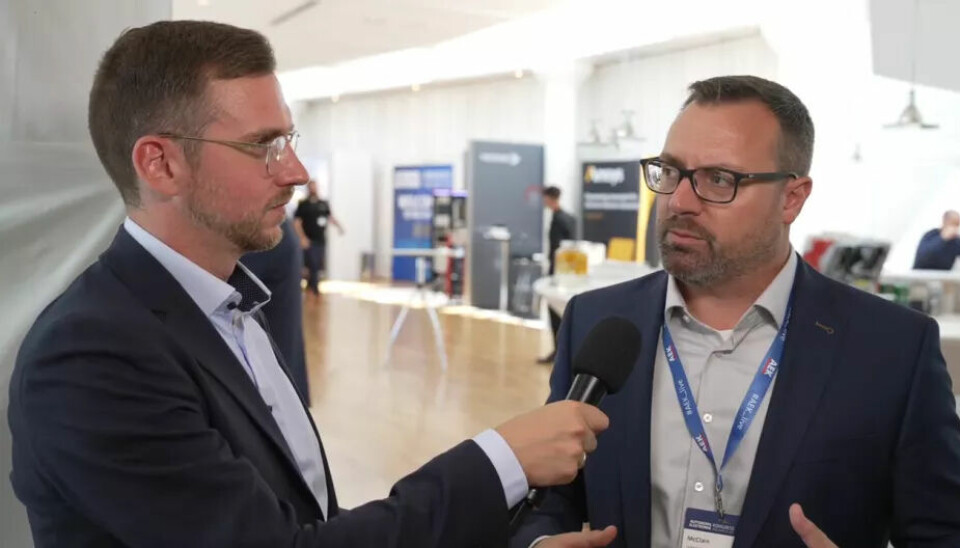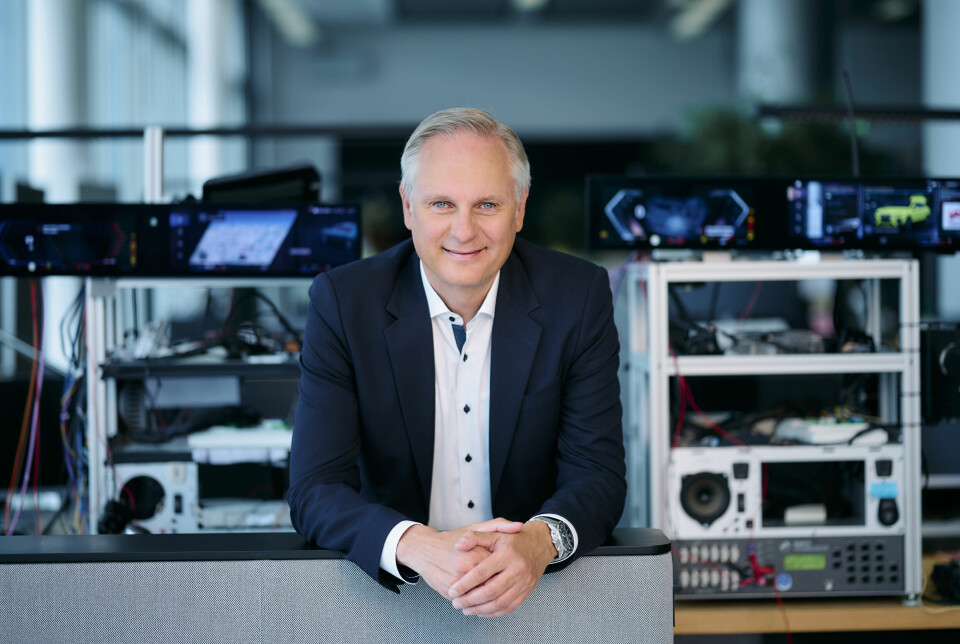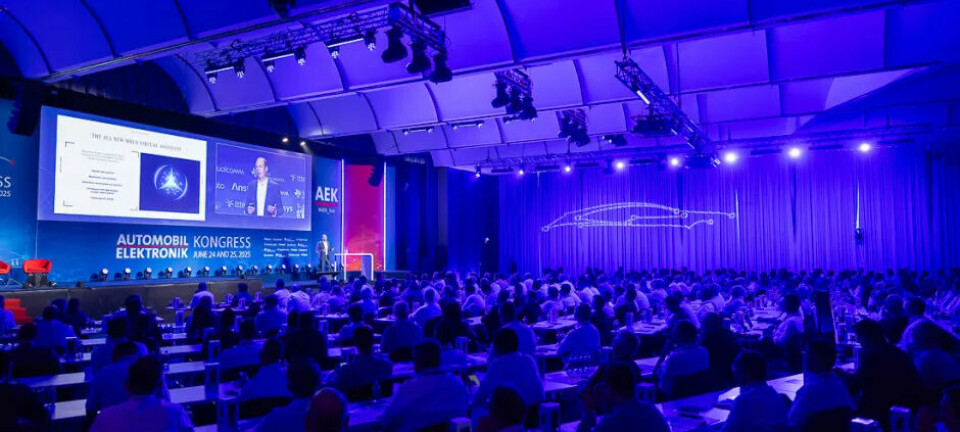Software Defined Vehicles
Interview with Jeremy McClain, Continental Autonomous Mobility
How Continental Rethinks Software Security

How do data-driven decisions, new partnership models, and a revised understanding of security shape the transformation in the realm of software-defined vehicles? Jeremy McClain, Continental Autonomous Mobility, provides answers in the interview.
The automotive industry is no longer a leisurely place. Speed is now the measure of all things. Jeremy McClain, Global Vice President at Continental Autonomous Mobility, outlines in an interview on the sidelines of the AUTOMOBIL- ELEKTRONIK Kongress 2025 a transformation where speed, safety, and partnership thinking coexist equally - or fail.
Data, speed, and the farewell to gut feeling
In a market environment where technological innovation cycles are becoming shorter, Continental has also revamped its internal processes. Decisions today must not only be quick but also well-founded. That sounds simple, but it isn't. Or as McClain puts it: "If you want quick decisions, you need data-driven development - anything else is a gamble."
An example is the Aurora project, a collaboration in the field of autonomous commercial vehicles. Here, Continental is working with Aurora Innovation to develop a scalable system for autonomous trucks, which is set to hit the roads in the USA from 2027. Continental provides hardware, sensors, and a fallback system that ensures safe continuation in case of a primary system failure. Such large-scale projects force the alignment of one's systems to massive amounts of data, not only technically but also culturally. Because if you want to know what your systems really achieve (or don't achieve) in the field, you must be willing to confront uncomfortable truths. Only in this way can well-founded decisions be made. Be it in the question of "Make or Buy," in architectural changes, or in the selection of competing technologies.
Partnerships with System and Courage to Fail
According to McClain, anyone who believes the future can be built alone has missed reality. "Vertical integration along the entire chain is illusory today," he says. Instead, new types of cooperation are needed, not as an alibi, but as an integral part of the development strategy.
But for partnerships to work, a cultural shift is needed: openness, speed, fault tolerance. Those who bring partners on board must also trust them to do things better or faster than themselves. This requires companies to relativise their own perfectionism and at the same time learn to deal with uncertainty professionally.
Safety remains DNA - but rethought
Safety is not to be trifled with, especially not in automated driving. McClain refers to his own history: 23 years of safety development at Continental, which has shaped him. And yet tradition alone is no longer enough. The transition from assisted to automated driving requires more than a functioning specification, namely a deeply embedded safety culture.
Continental is therefore relying on its own Safety Management System. A structural approach that has so far been more familiar from aviation. The goal: Safety must not only be technically ensured but also lived within the company. Employees should feel encouraged to voice concerns. At the same time, Continental does not see external audits as a mere formality but as a genuine quality feature.
Redundancy plays a central role, not only in hardware but also increasingly in software development. Partnerships enable tasks to be implemented in parallel, which accelerates development and simultaneously improves reliability.
The SDV as a Gamechanger
With the transformation to the software-defined vehicle (SDV), the classic Tier-One model is under pressure. McClain addresses it directly: "If we think we can get by with the old RFQ process (Editor's note: Request for Quotation) and 100,000 requirements, we are gravely mistaken." The previous development approach, which is often lengthy, cost-optimized, and inflexible, simply does not fit a vehicle architecture that is continuously developed over its lifecycle.
Instead, new business models, different negotiation formats, and a readjustment of risk distribution are needed. Software development is expensive, but its scaling is potentially highly profitable. Those who are willing to invest in innovation must also be involved in its returns. Only in this way can an ecosystem be created in which Tier-1 companies, OEMs, and technology partners create value together, rather than just haggling over margins.
This article was first published at all-electronics.de


